Balanced in form, the chairs have been fully sanded and refinished with a silky matte finish, giving the surface a dry and well-maintained appearance.
New upholstery and cover in mottled bouclé fabric by Pierre Frey.
Maurice Pré was born in Paris on May 22, 1907.
He received technical training at the École Boulle and graduated in 1924, joining Ruhlmann, where he remained until the latter's death for eight years.
He then went to Switzerland where he worked with the architect Laverrière. Upon his return to Paris in 1934, he undertook significant interior design work with the architects Patout, Démaret, and Porteneuve.
From 1935 onward, he worked independently, presenting furniture sets at the 1937 International Exposition and exhibiting at the Salons of Decorative Artists, the Autumn Salon, the Imagery Salon, and the Household Arts Salon.
The war, followed by another stay in Switzerland, interrupted his activities in Paris, which he resumed only after the Liberation.
He then participated with several colleagues in the founding of the Union of Decorative Artists and Designers of Sets (UADCE),
of which he was treasurer.
An active member of the SAD (Society of Decorative Artists), he represented it at the Confederation of Intellectual Workers and the Union of Artistic Property. In 1946, he succeeded René Gabriel at the School of Applied Arts, and in 1947, he was appointed professor of composition at the École Nationale Supérieure des Beaux-Arts in Nancy.
Maurice Pré created numerous public and private installations in France, Switzerland, Italy, and the United States, and was commissioned by National Furniture to design several interiors for the Élysée Palace.
Thanks to his training at the École Boulle, Maurice Pré was a skilled craftsman with a natural curiosity for all the resources offered not only by hands-on experience in the craft, but also by new techniques and materials, which he enjoyed studying with their specialists and creators. Alongside Ruhlmann, Maurice Pré developed a taste for fine cabinetmaking and human-centered functionality, and he explored the decorative value of pure, logically balanced forms and volumes.
He also learned from the architects with whom he collaborated, acquiring precise convictions to which he remained faithful. According to him, it was essential to adapt to the user's personality, but while allowing them a degree of "guided initiative," it was also necessary to impose the concepts of the architect-designer they had entrusted to him.
This persuasive authority allowed Maurice Pré to extend his activities to all areas where his tastes led him: carpet designs, mass-produced objects, lighting fixtures, decoration of earthenware and porcelain for the Sèvres Manufactory, and finally, as a painter and draftsman, he sometimes complemented his interior designs with some of his pictorial works at the request of his clients, thus contributing to the desired unity. While he was once a specialist in sumptuous bathrooms, he did not abandon mass-produced furniture, and the recent design of a comfortable and luxurious living room in the basement of a country house interested him all the more because it posed multiple and complex problems for both the architect and the decorator. In any case, Maurice Pré enjoyed confronting the difficulty that attracted him with seemingly simple solutions.






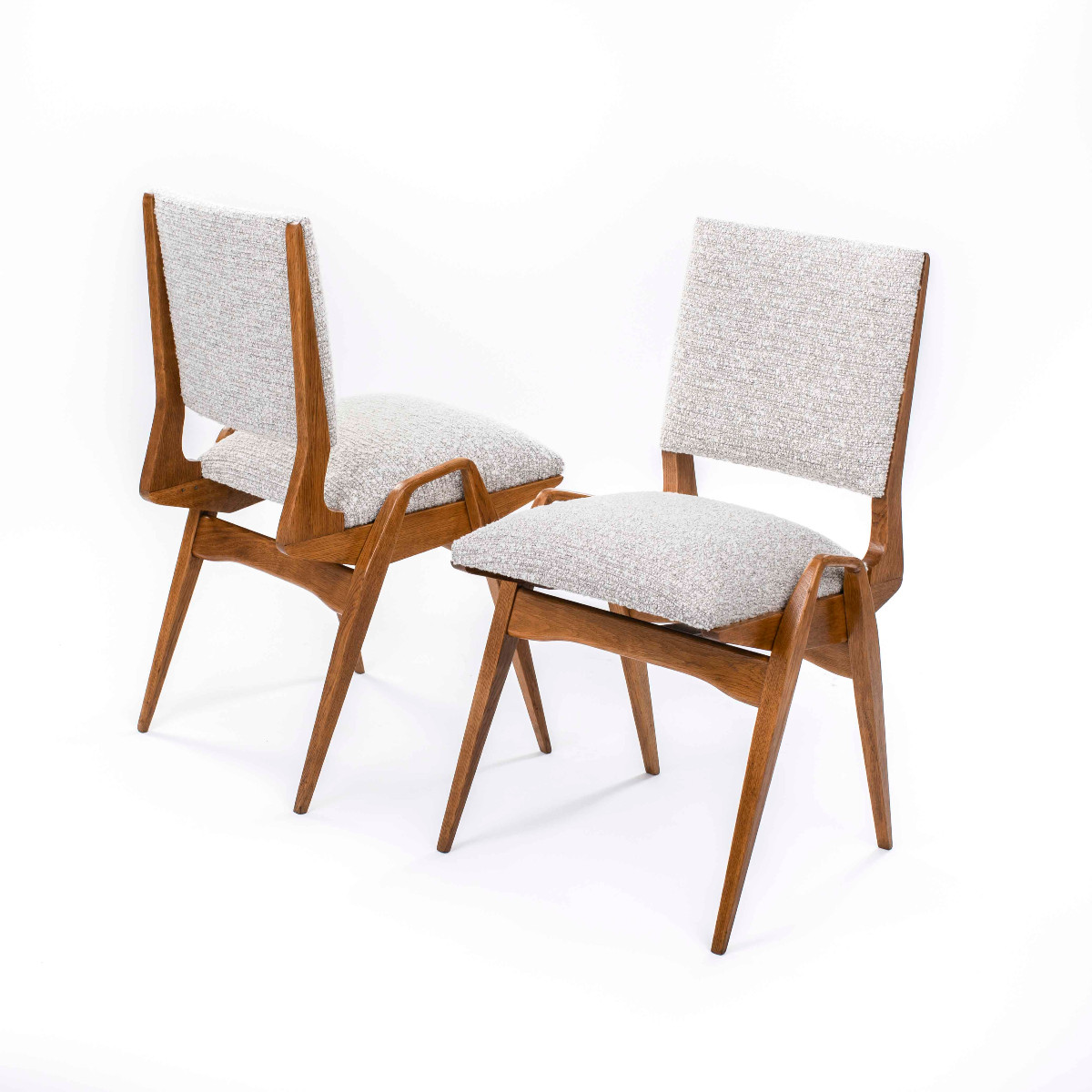



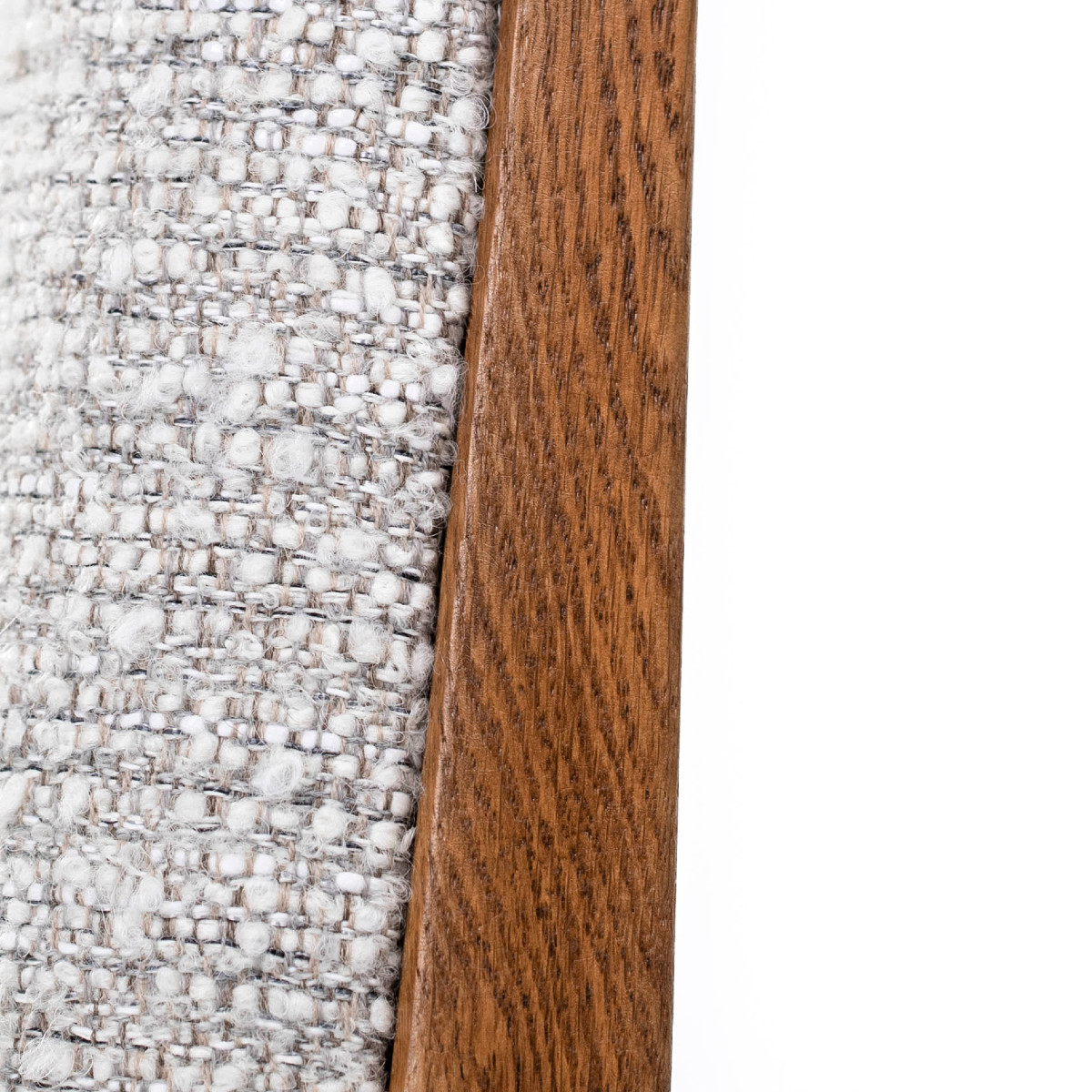



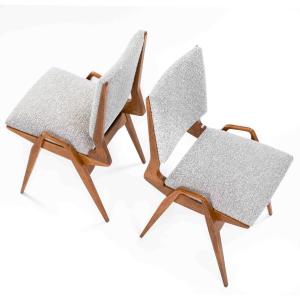



















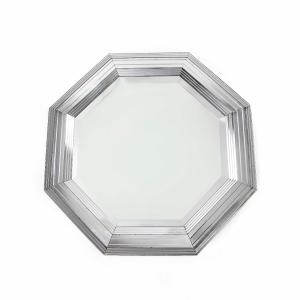
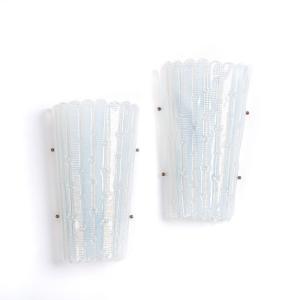













 Le Magazine de PROANTIC
Le Magazine de PROANTIC TRÉSORS Magazine
TRÉSORS Magazine Rivista Artiquariato
Rivista Artiquariato